Grazing
-
While there are over 600 species of weeds that can be labeled as poisonous plants, we are going to focus on my top ten that can be found in our pastures in Georgia. Most grazing animals will not eat poisonous plants unless they are forced to do so by some unusual or artificial condition. Conditions…
-
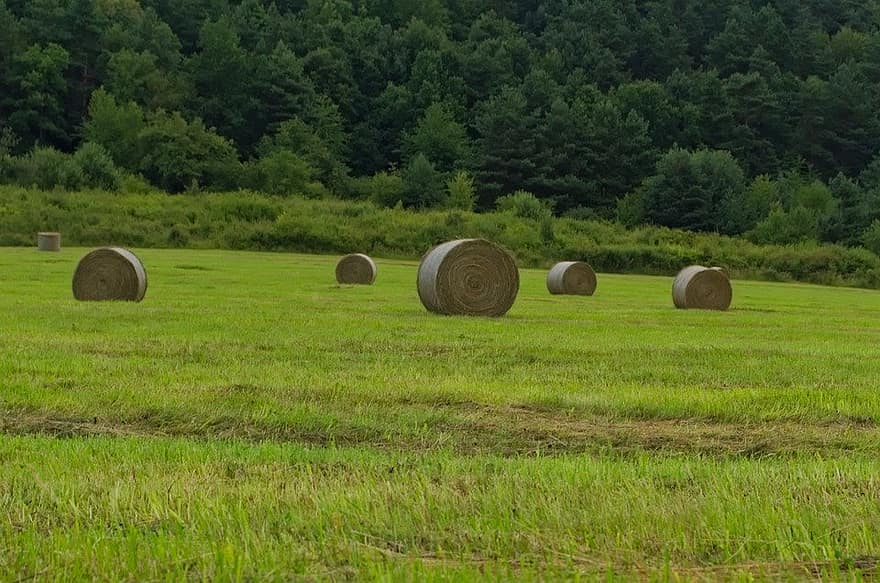
The late Alan Nation, longtime editor of ‘The Stockman Grass Farmer’ was fond of encouraging readers to identify any “unfair advantage” they had and to use that advantage to the fullest. Those advantages may be very specific to a particular operation or they may be more regional. In the Southeast, livestock producers can take advantage…
-
It is a generally accepted fact that mineral supplementation is an important part of ruminant nutrition. Proper mineral and vitamin nutrition contribute to strong immune systems, reproductive performance, and weight gain. A properly balanced mineral program requires consideration of animal nutritional needs, forage/feed intake and its mineral concentration, and mineral supplement intake and its concentration.…
-
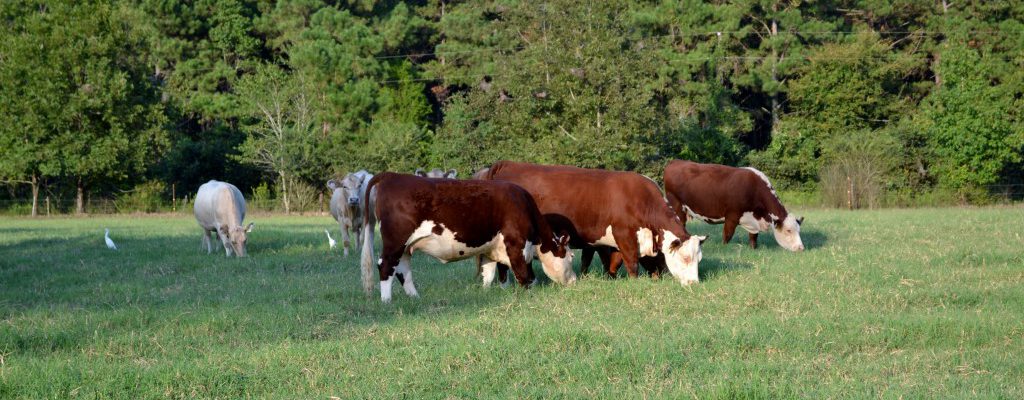
As agriculturalists, our main goal is to produce the best and most productive crop for the least amount of money. As a cattle producer, we often make decisions about our herd by selecting genetics from a wide variety of traits including weaning weights, birth weights, milk production, average daily gain, and more. These traits are…
-
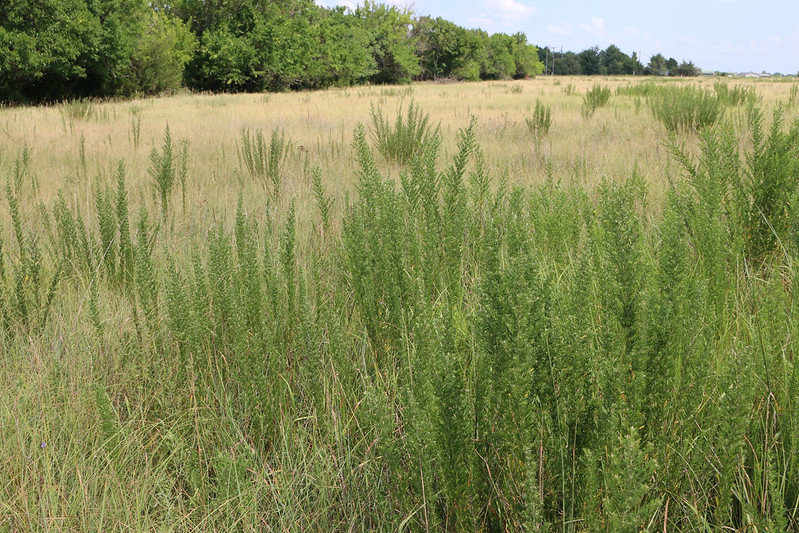
If you do a Google search for Sericea Lespedeza (Lespedeza cuneata), you will see results ranging from articles about controlling it as a weed, touting it as a highly invasive forb that creates a tremendous seed bank; to articles that praise its ability to help fight internal parasites in small ruminants. Determination of whether it…
-
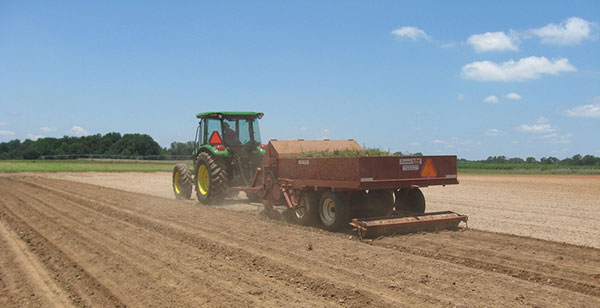
Forage establishment can be frustrating but can be successful if you have a plan. Forage establishment techniques can vary depending upon forage species, location, soil type, pasture situation and intended use. Good establishment techniques are essential to getting good high yielding forage stands. Let’s look at several reasons why producers can successfully establish forages.
-
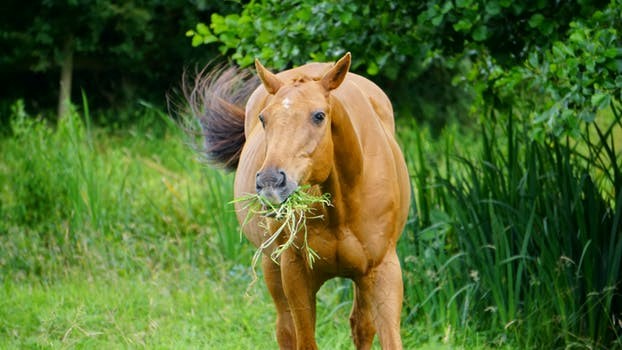
By Savannah Tanner Emanuel County CEA With over 80,000 head of horses in the state of Georgia, horse owners are looking for efficient and nutritional forage options to feed to their animals. A good rule of thumb for horse owners is that your horse should consume at least one percent of its body weight in hay or pasture daily. For a 1,200…
-

By Charlotte Meeks Houston County CEA While temporary fencing cannot replace permanent fencing, it has its place in a grazing management system. Temporary fencing can be used to divide permanent pasture for rotational grazing or intensive grazing systems, open areas for temporary grazing or to exclude livestock from an area. While permanent fences are intended to last for years, temporary fencing…
-

By Roger Gates Whitfield County CEC “Taking stock” is a phrase that means to “think carefully about a situation… so that you can decide what to do.” Historically, the phrase came from a farmer’s practice of counting the number of animals on the farm. Periodic livestock inventories provide important and useful records. Creating and maintaining…
-

By Charlotte Meeks Houston CEA Anyone that has managed cow/calf operations for more than a few days can tell you that the most expensive cost is feeding. Grazing is a cost-effective way of providing livestock with their nutritional needs. One method that can extend our gazing season involves grazing crop residue. After a crop (usually…